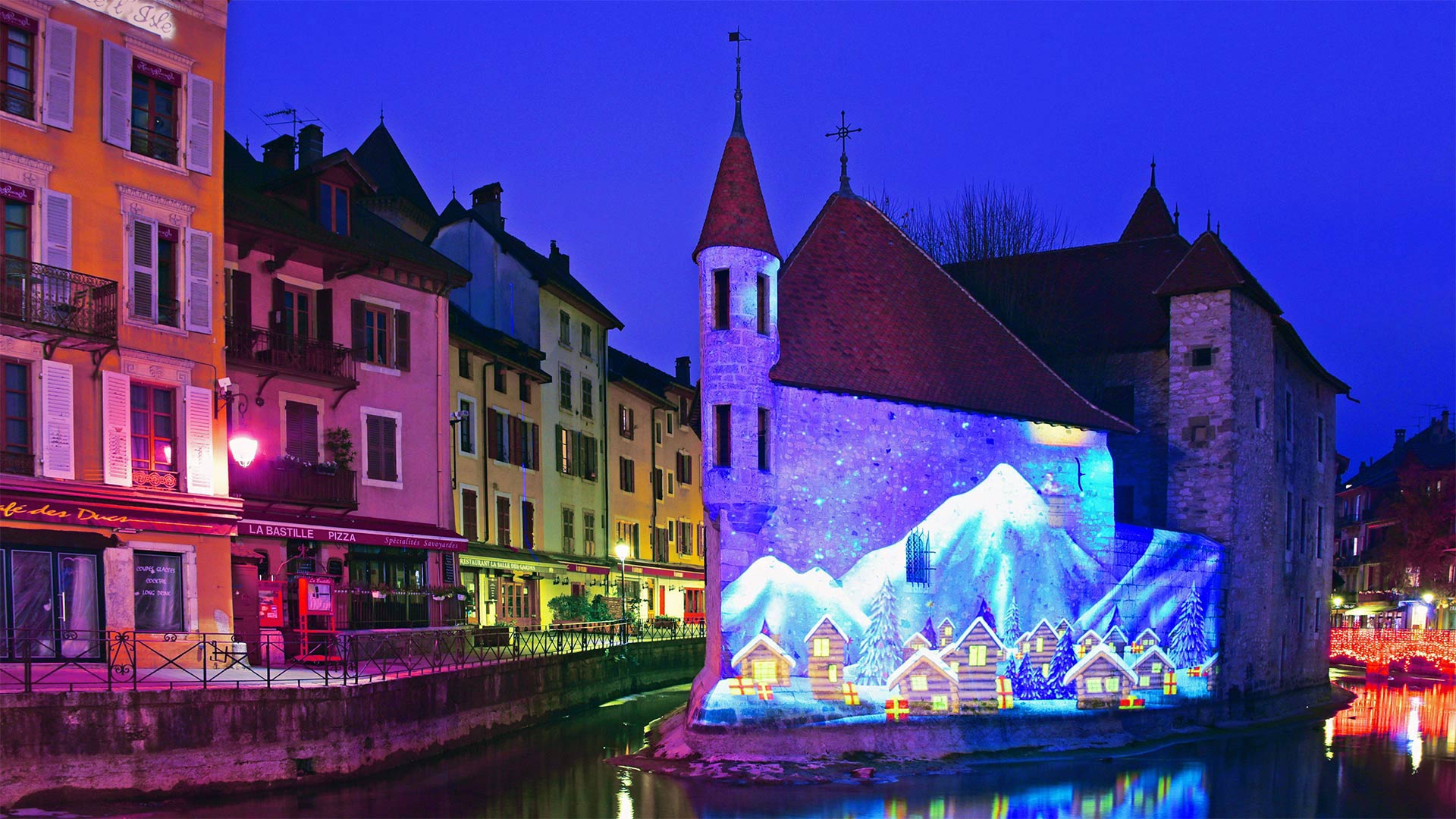Tattoos have been an integral part of human culture for centuries, with the art form evolving significantly over time. From traditional designs to modern styles, the history of tattoos is rich and diverse, reflecting the changing attitudes and trends of society.
Traditional tattoo designs are deeply rooted in various cultures and have been passed down through generations. For example, Polynesian tattoos date back thousands of years and are characterized by intricate geometric patterns and symbols that hold deep spiritual and cultural significance. Similarly, Japanese traditional tattoos, known as irezumi, are renowned for their detailed imagery and bold colors, often depicting mythical creatures and folklore.
In the Western world, traditional tattoo styles are heavily influenced by sailor and military culture. These designs typically feature bold, black outlines and simple, iconic imagery such as anchors, swallows, and nautical stars. American traditional tattoos have a distinctive look, with a limited color palette and a timeless appeal that continues to be popular to this day.
As society has evolved, so too have tattoo designs. The rise of the counterculture movement in the 1960s and 70s saw a surge in popularity of more avant-garde tattoo styles, often featuring psychedelic imagery and unconventional subject matter. This period also saw the emergence of black and grey tattooing, a style that continues to be popular today for its striking and dramatic appearance.
In recent years, modern tattoo styles have flourished, with artists pushing the boundaries of what can be achieved with the medium. Realism tattoos, in particular, have become increasingly popular, with skilled artists able to create incredibly detailed and lifelike portraits and imagery on the skin. Watercolor tattoos have also gained popularity, featuring vibrant, abstract designs that resemble a painterly effect.
In addition to these styles, there has been an explosion of creativity in the tattoo world, with artists experimenting with new techniques and blending different styles to create truly unique and innovative designs. From intricate dotwork to minimalist linework, there is no limit to the possibilities of modern tattoo art.
The evolution of tattoo designs reflects the changing attitudes towards body art and self-expression. What was once considered taboo or associated with subcultures is now widely accepted and celebrated as a legitimate art form. As a result, the diversity and creativity within the tattoo community continue to thrive, pushing the boundaries and redefining what is possible with this ancient and enduring art form.
In conclusion, the evolution of tattoo designs from traditional to modern styles represents the rich and diverse history of this art form. As society continues to evolve, so too do the styles and techniques of tattooing, reflecting changing attitudes and trends. From traditional Polynesian and Japanese designs to modern innovations in realism and watercolor, the world of tattoo art is a constant source of inspiration and creativity.
The Evolution of Tattoo Designs: From Traditional to Modern Styles




